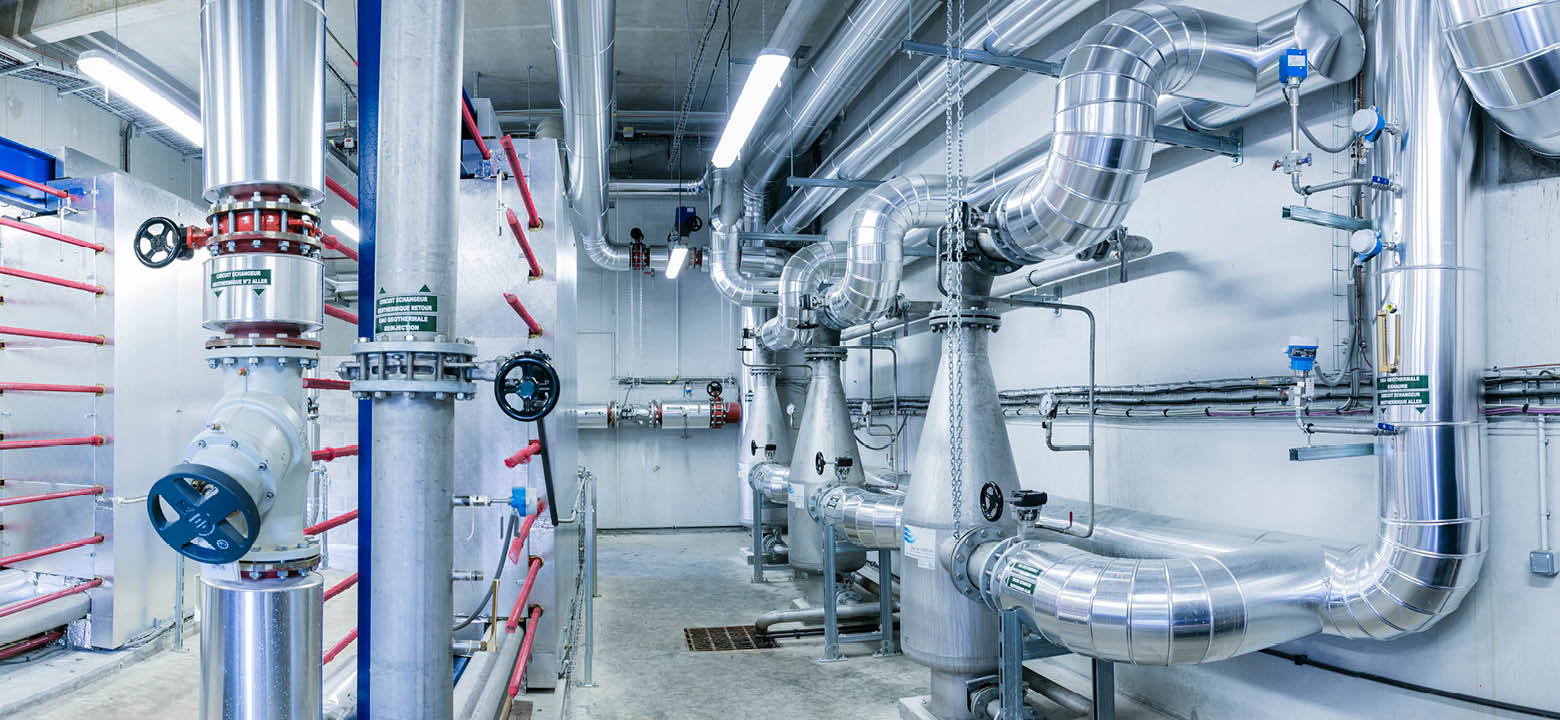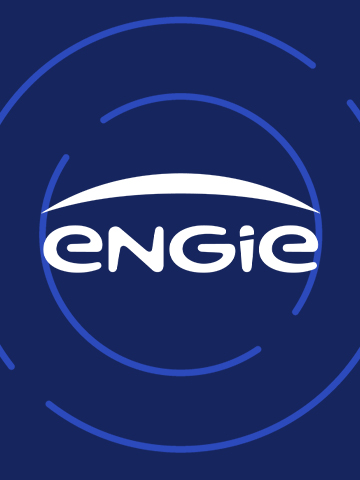Veuillez accepter les cookies "marketing" pour voir cette vidéo.
Heating and cooling networks are a key factor in the decarbonisation of enterprises and local authorities.
Heating networks: an important lever in the energy transition
In France, 47% of directly consumed energy is for heating, of which only 5% was produced by heating networks in 2019. But these solutions have reduced their carbon footprint by 56% in 10 years.
Unlike individual systems, these networks can use renewable energies on a massive scale, which enable the latter to be the largest component of their energy mix. According to survey conducted by the French State Syndicate of Urban Heating and Air Conditioning in 2021, in France, the share of renewable and recovered energies in this mix has increased from 30% to 60% in 10 years.
As a champion of the energy transition, ENGIE has placed heating networks at the very heart of its strategy, because they can decarbonise its customers' infrastructures. ENGIE has also set itself the target of increasing the share of renewable energies in the energy mix that supplies them. Targets: 75% in 2030 and 100% in 2050.









